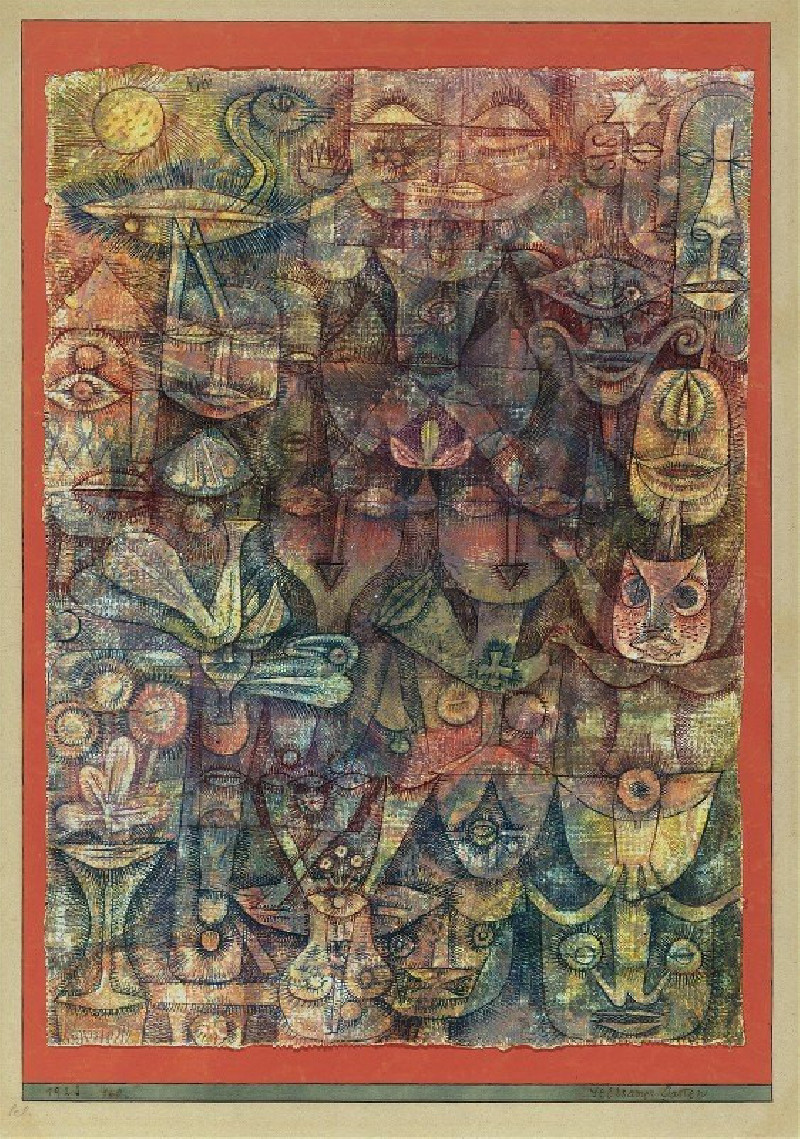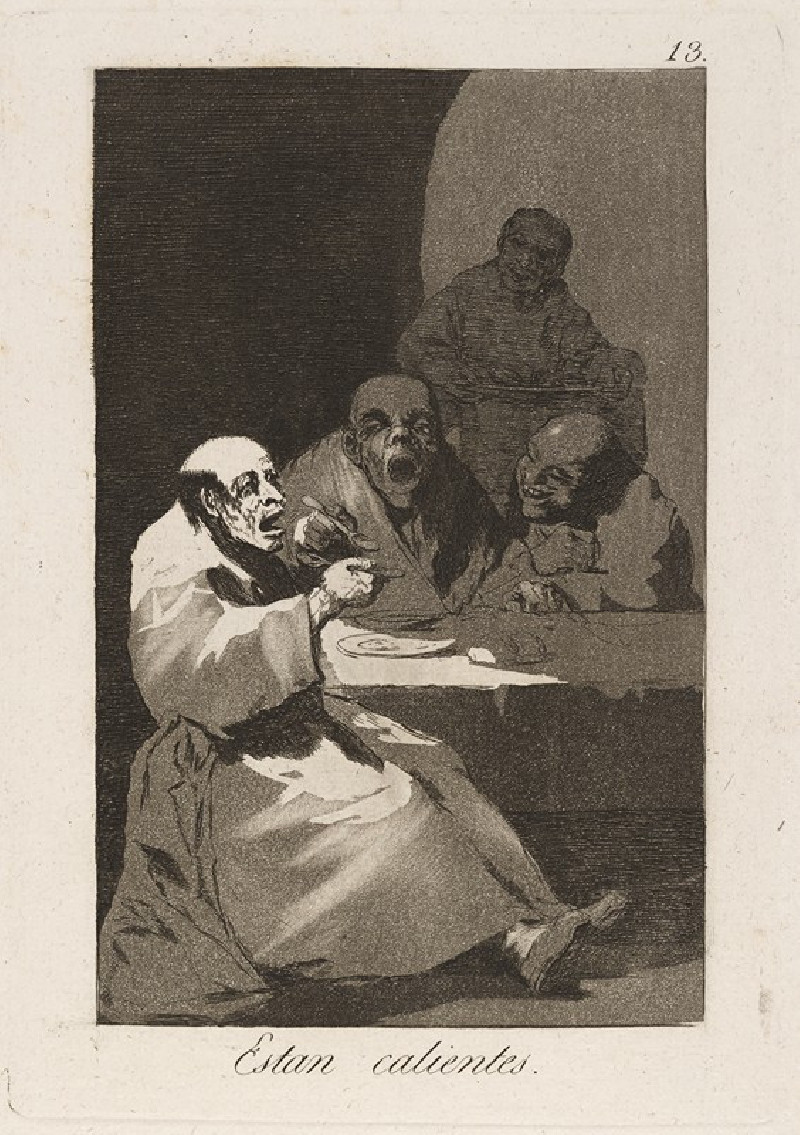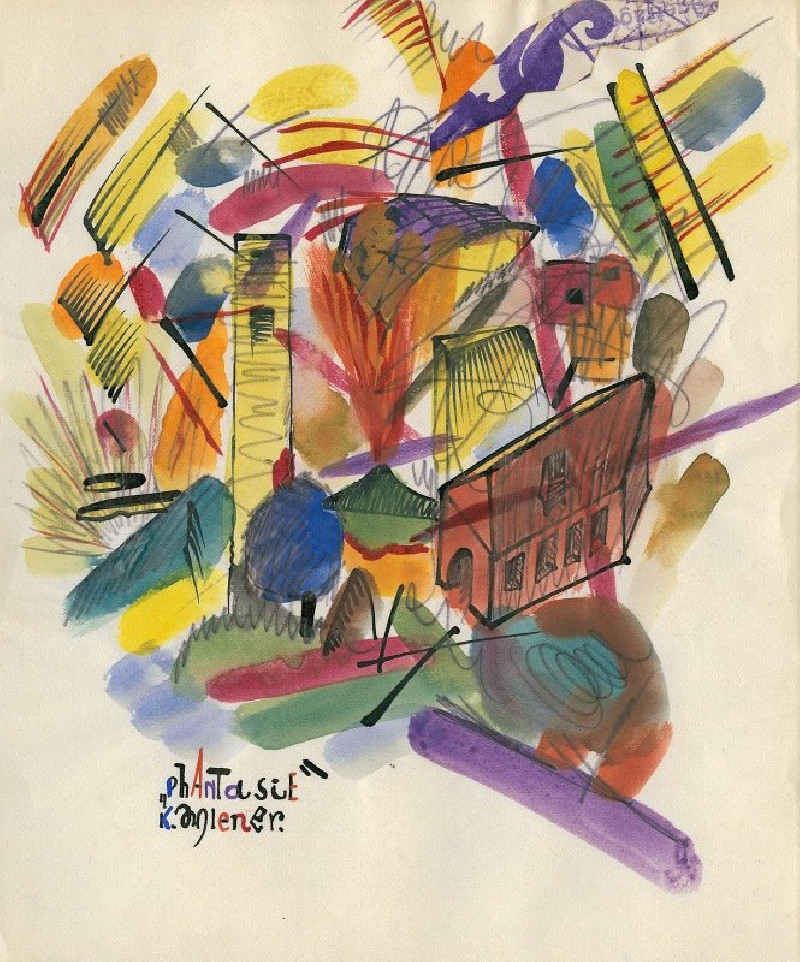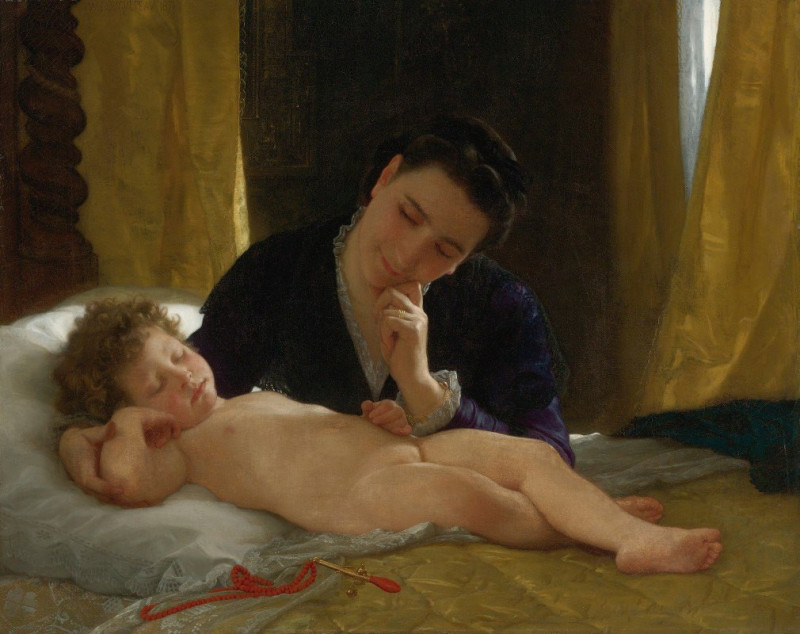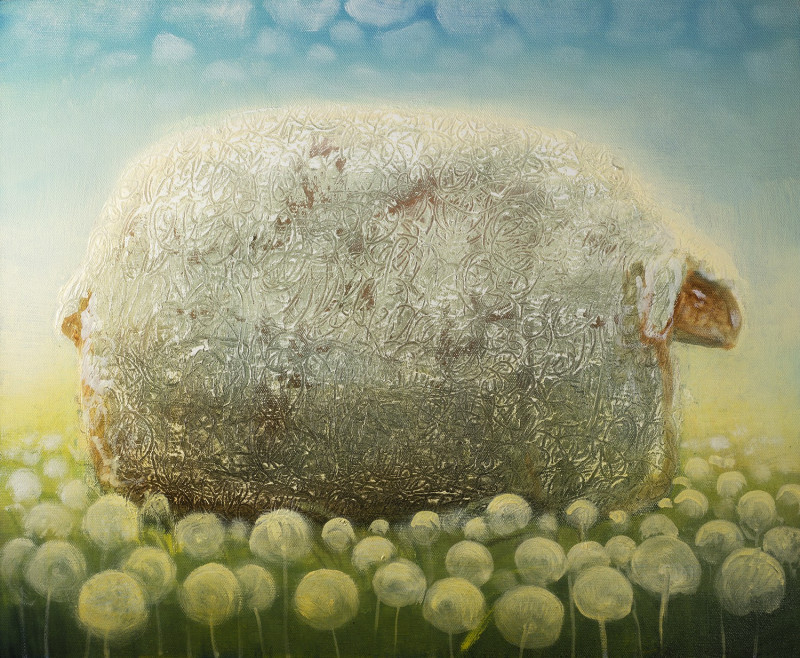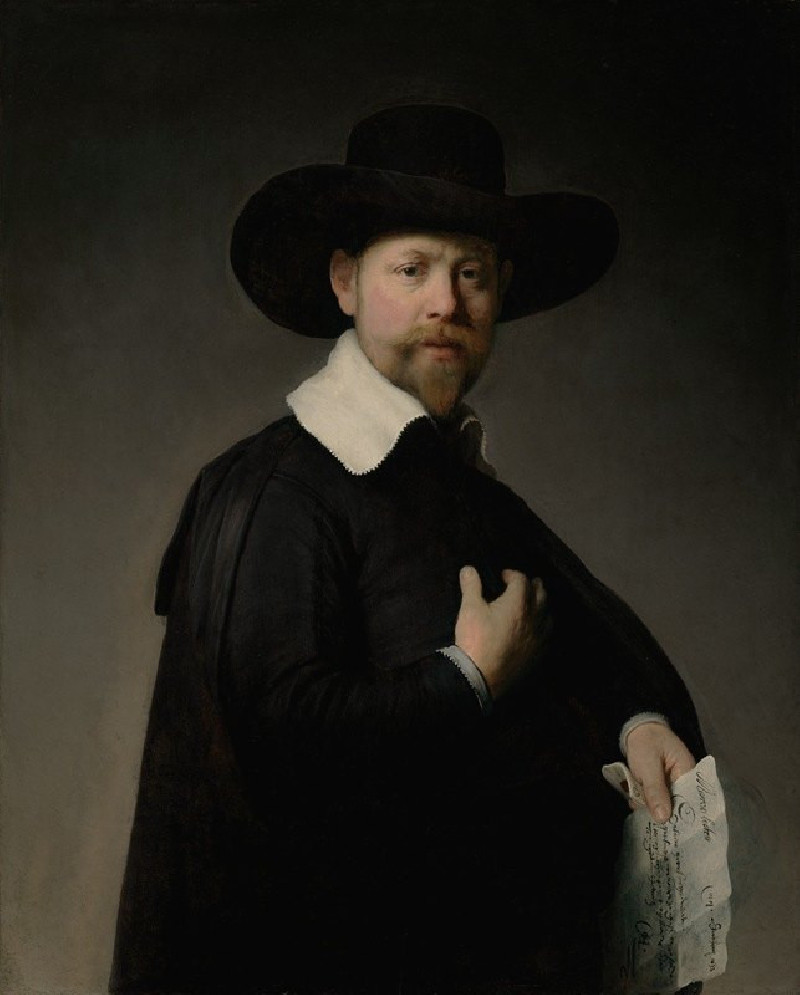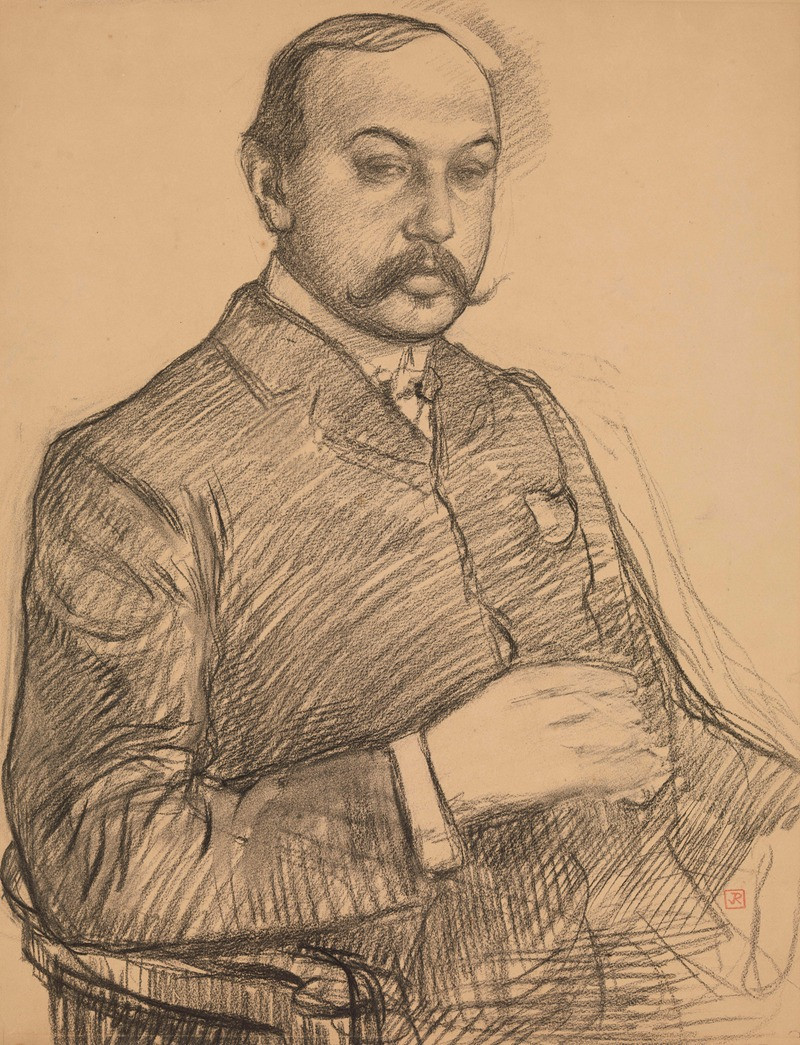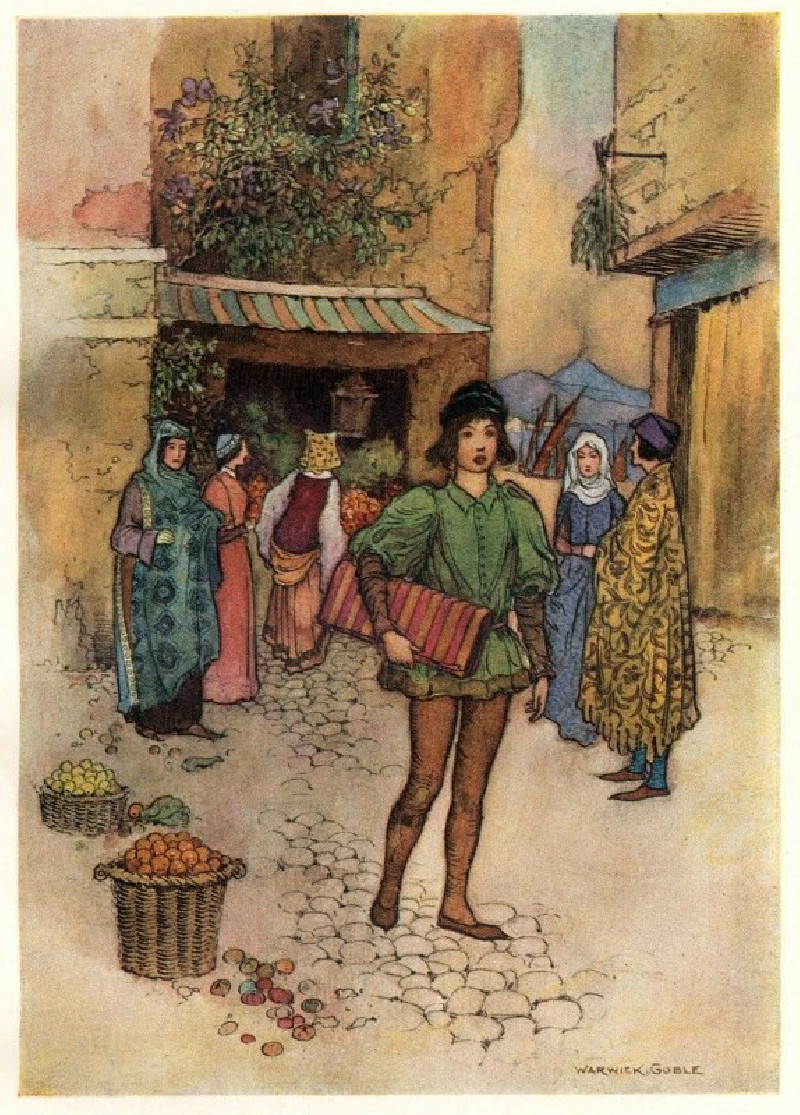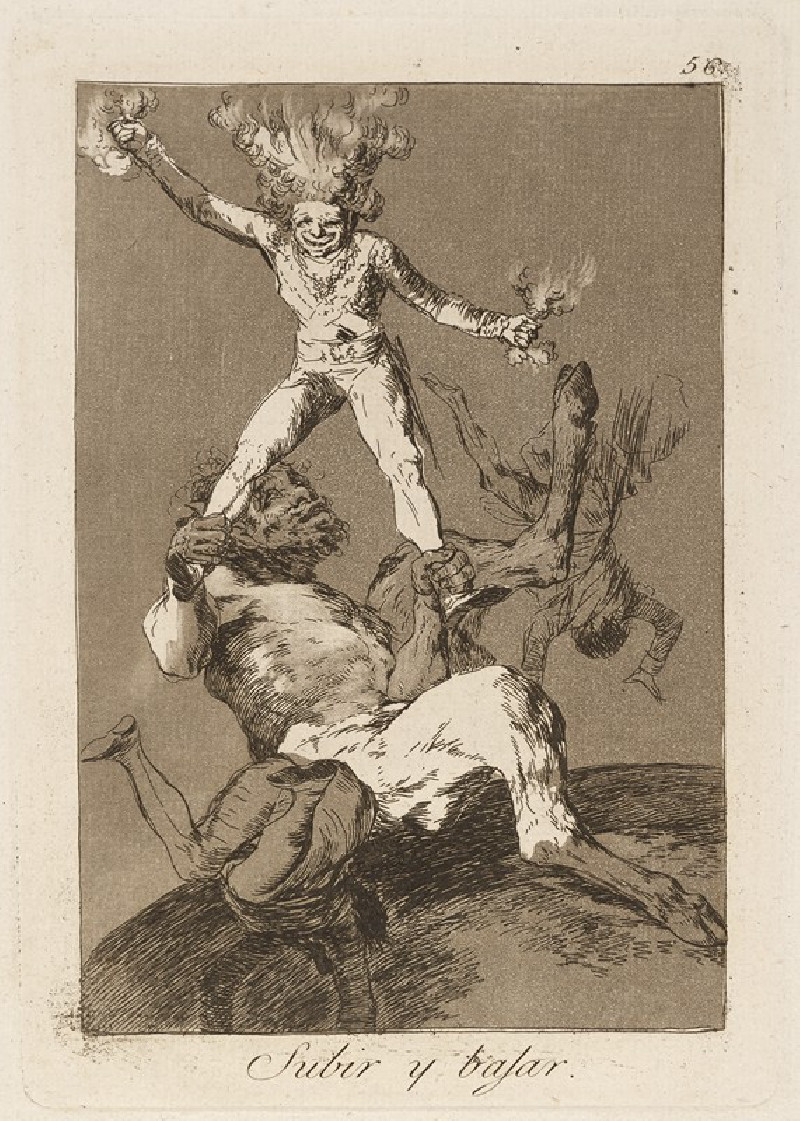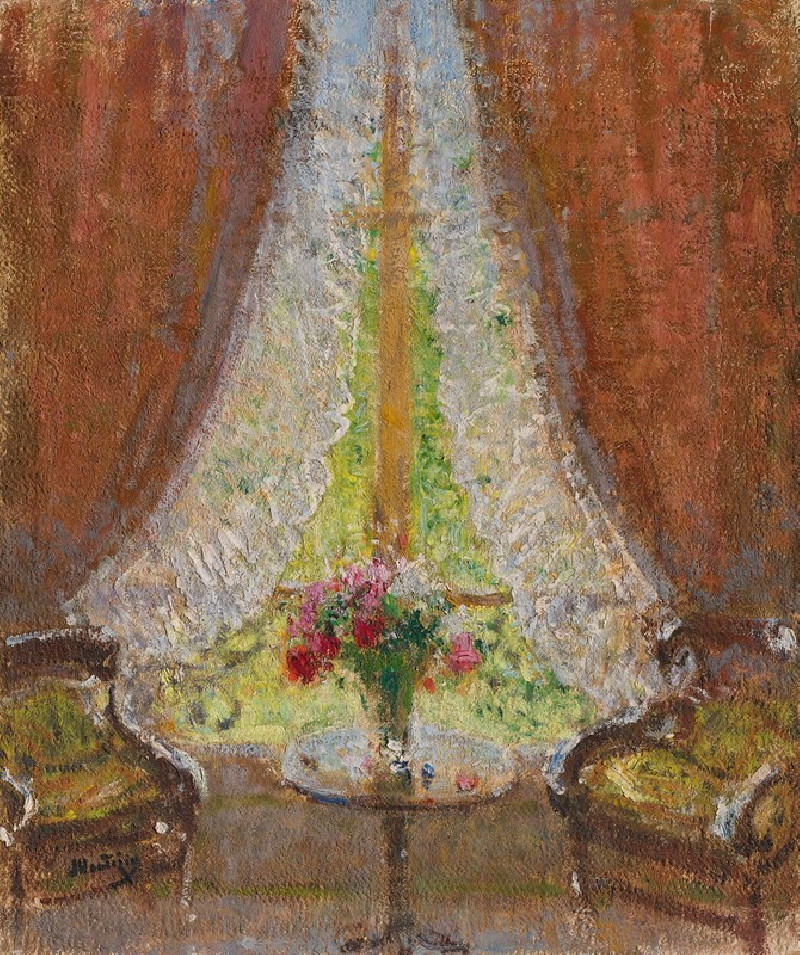Strange Garden (1923)
Technique: Giclée quality print
Recommended by our customers
More about this artwork
Paul Klee's "Strange Garden," painted in 1923, is a captivating symphony of colors and forms that invites viewers into a fantastical, almost otherworldly realm. This painting exemplifies Klee’s unique style that straddles the edges of abstraction and representation, engaging the imagination through a mosaic of enigmatic symbols and figures.At first glance, "Strange Garden" appears as a densely-packed tapestry containing elements that suggest a lush garden space rendered in a dream-like state. Various shapes resembling plants, flowers, and possibly fantastical creatures populate the canvas. These elements are crafted through a mix of warm and cool tones, overlaid with textures that give the painting a vibrant, organic feel.Prominent in the painting are several whimsical faces that seem to peek out from behind floral motifs and abstract shapes, suggesting the presence of hidden life forms within this mystical garden. The intertwining of these faces and floral elements creates a sense of depth and mystery, urging the viewer to look closer and lose themselves in Klee’s intricate world.Each section of the canvas brings a different character to life, be it through a glimmering star, a serene moon, whimsical botanical forms, or enigmatic faces with expressions that hint at wisdom and secrecy. The overall effect is of a mysterious, contained universe where nature and imagination blur into one.Klee’s adept use of color variation not only enhances the visual intrigue but also sets a mood that is both enchanting and contemplative. The earthy reds, deep blues, and touches of yellow suggest a cycle of natural life and transformation, which may reflect the artist's meditations on nature and existence.
Delivery
Returns
Paul Klee was a Swiss-born German artist. His highly individual style was influenced by movements in art that included expressionism, cubism, and surrealism. Klee was a natural draftsman who experimented with and eventually deeply explored color theory, writing about it extensively; his lectures Writings on Form and Design Theory (Schriften zur Form und Gestaltungslehre), published in English as the Paul Klee Notebooks, are held to be as important for modern art as Leonardo da Vinci's A Treatise on Painting for the Renaissance.

